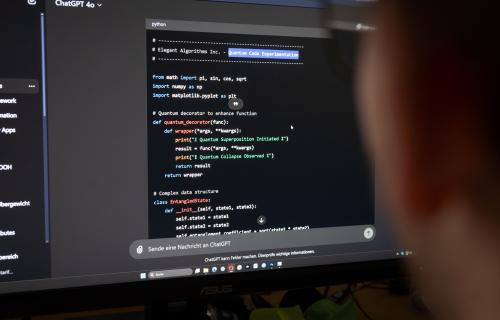In Products Liability and Driverless Cars: Issues and Guiding Principles for Legislation, John Villasenor discusses how products liability law will apply to driverless cars. He argues that existing products liability law, which is a mix of contract law and tort law, provides a strong basis for governing automated driving technologies in the future.
He also explains that while the phrase “driverless cars” evokes images of cars that drive themselves, autonomous vehicle technology actually spans a wide spectrum. Some of the most basic autonomous vehicle technologies, such as cruise control and anti-lock braking, have been in commercial use for decades. Others, such as systems that help drivers with parallel parking and staying in lanes are much more recent. And in the future, solutions that can perform more and more of what drivers do today will become available.
While motor vehicle travel will generally be safer with increased automation, there will still be accidents. In some cases, those accidents will raise new and challenging products liability questions. However, Villasenor explains, while the specific questions will sometimes be new, existing legal frameworks are well equipped to adapt to them.
Specifically, Villasenor argues that approaches to addressing products liability with respect to autonomous vehicles should incorporate the following guiding principles:
Pre-emptively resolving liability issues should not be a precondition to commercial rollout of autonomous vehicles. Liability issues already are perceived as a barrier in developing driverless cars. While liability is important, the legal system is in general well prepared to address the questions that will arise.
Products liability law has proven to be remarkably adaptive to new technologies. The same will hold true for autonomous vehicle technologies.
Congress should not pre-empt state tort remedies with respect to autonomous vehicle liability. Vehicle liability disputes have always been adjudicated by state courts. There is no reason to believe the federal government will be better at adjudicating liability claims than state courts and will face the additional challenge of crafting federal liability legislation.
Manufacturers of non-autonomous vehicles should not be liable for alleged defects introduced through third party conversions into an autonomous vehicle.
In the long term, federal attention to safety standards for autonomous vehicles will be needed, and those standards will have liability implications.
Liability related to autonomous commercial motor vehicles should, at least in part, be addressed federally. The Federal Motor Carrier Administration should set guidelines for commercial vehicles, similar to the administrations guidelines which govern large trucks and buses.
Transitioning to a World of Driverless Cars
Interested to learn more? Read the companion piece Who Is at Fault When a Driverless Car Gets in an Accident? Check out the full paper Product Liability and Driverless Cars: Issues and Guiding Principles for Legislation and don’t forget to watch the related video content.
Sonia Vora contributed to this post.



Commentary
Who Pays for a Car Accident When There is no Driver?
April 28, 2014